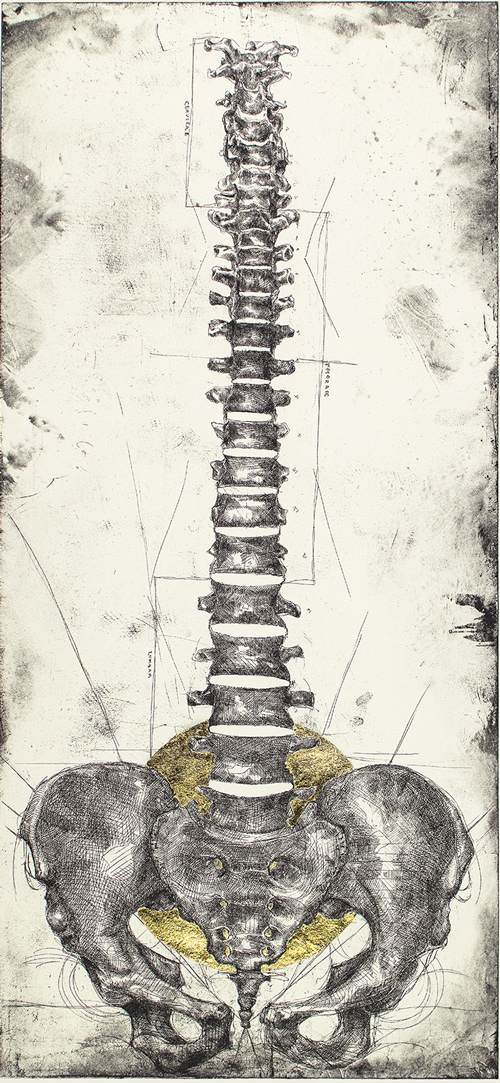Lumbar decompression
The aim of this procedure is to create more space for the nerves in the lumbar spine. The decompression involves a longitudinal skin incision over the lower back and can involve a single spinal level through to multiple levels. The spinal nerves are compressed by a combination of bone and spinal ligaments and these structures are carefully lifted off the lining of the nerves (dura) and where possible removed.
The procedure is done using a surgical microscope to improve visualisation. Local anaesthetic is injected into the surgical site to improve post-operative pain relief and a dressing will be applied. Patients undergoing a single or two-level decompression may be able to go home the same day but generally, patients require an in patient stay in hospital. Patients may be fitted with a urinary catheter and have a wound drain which are both removed the day after surgery.
Post op care
A wound check will need to be performed at 2 weeks after the procedure. The wound should be kept dry until this time. Patients can return to work at 6 weeks for light office type work or 3 months for manual work. Generally patients are safe to drive by six weeks. Patients can gradually increase their level of activity from 6 weeks onwards but heavy lifting and bending exercises should be avoided for at least three months.
Surgical outcomes
All surgical procedures are recorded on the British Spine Registry (BSR). This includes pre- and post-operative clinical scores and a record of any surgical implants used.
Pre-operative clinical scores need to be completed prior to any procedure and can be downloaded here. You will be contacted directly by the BSR by email for your post-operative outcome scores at 6 weeks, 6 months, 1 year and 2 years after any procedure.






